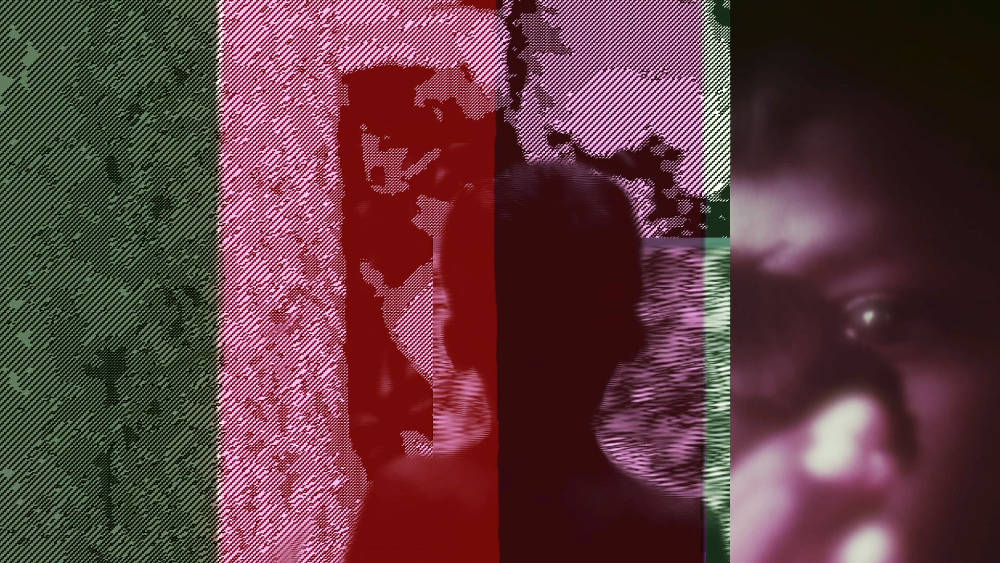
Selected for AFI '25 by Project 88, Mumbai, India.

What compels you to work with moving image, and when did you first become interested in the medium?
My fascination with film while started in Faculty of Fine Arts, MS University Baroda when I was doing my post-graduation and I became part of the college film club. Copiously watching films, it sparked a deep appreciation for the medium – this complex form that brought together image, sound and movement to create a multi-sensory storytelling experience. I continue to hold on to those initial fascinations - the relationship between the still and the moving image and looking at those early experiments with the latter. My journey as a filmmaker began in 1997 with a video workshop at the Goethe-Institut/Max Mueller Bhavan in Bangalore, where I made my first video, 'Notes from Diaries. Years later, in 2014, I made my debut feature film, 'Gaalibeeja (Wind Seed),' which was above all a conversation with films that had nourished me – with the genre of the Road Movie, the cinema of Abbas Kiarostami, Jim Jarmusch, Wim Wenders, among many others. Making films is part of an ongoing dialogue with other image makers as well as with the history of technological apparatus that shapes our ways of reading the world. I carried some of this impulse into my more recent feature-length film Hariva Nadige Maiyella Kaalu (A running river is all legs).
Can you speak about the potential that dreaming and altered states of reality offer individuals and societies? How do you feel this is reflected in filmmaking and in your artwork specifically?
I seem to circle around these tropes of sleeping and dreaming In my work quite often and I don’t want to completely analyse it so as to allow them to come to me. But there is no doubt I incorporate elements of dreams, such as metaphors, abstract landscapes, and visual elements that evoke emotions and experiences. By merging the real and the dreamlike, I aim to create a sense of ambiguity and uncertainty, blurring the lines between reality and fantasy, inner and outer worlds, between the rational and the irrational, to find ways of rupturing the received ways of seeing the world.
Please share a list of books, music, films, artworks, thinkers, spaces and places that inspire your practice, and in particular have fed into your thinking around this film.
My creative influences are diverse and wide-ranging. In literature, I draw inspiration from the works of Italo Calvino, among others, whose innovative storytelling and philosophical insights resonate deeply with me. I'd also like to mention Jorge Luis Borges, as well as Kannada writers P. Lankesh and Purnachandra Tejaswi, Musically, I'm drawn to experimental and avant-garde sounds, including ambient, drone, electronic, and minimal music. These genres' emphasis on texture, atmosphere, and sonic exploration mirrors my own cinematic approach.
For this particular film, I found inspiration in the work of documentary filmmaker Chalam Bennurkar who was a close friend, specifically his powerful documentary practice and involvement with the Odessa Collective. His commitment to cinema as a people's movement is a potent thread that runs through the film, which takes as its central narrative a letter from Chalam himself.
What new projects or lines of research are currently preoccupying you?
I'm currently immersed in developing a new feature film, which is in the script development and pre-production stages. This project explores the intricate relationships between memory, image, decay, and fiction. By delving into these themes, I aim to create a cinematic narrative that navigates the blurred lines between reality and fantasy.

© 2025 www.crawfordartgallery.ie